Murder trial hears kingpin Carl Williams wanted Graham ‘The Munster’ Kinniburgh dead
UPDATE: GRAHAM “The Munster” Kinniburgh’s murderer jumped out of bushes and shot him dead after Carl Williams allegedly offered $150,000 for the killing, a court has heard.
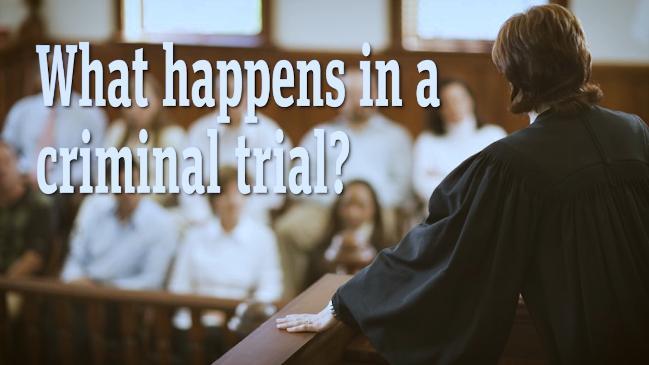
Law & Order
Don't miss out on the headlines from Law & Order. Followed categories will be added to My News.
GRAHAM “The Munster” Kinniburgh died almost instantly after being shot in the head because Carl Williams wanted him dead, a court has heard.
Stephen Asling appeared on Tuesday for the first day of his Supreme Court trial for the murder of Mr Kinniburgh, who the prosecution say was ambushed at about midnight on December 12, 2003.
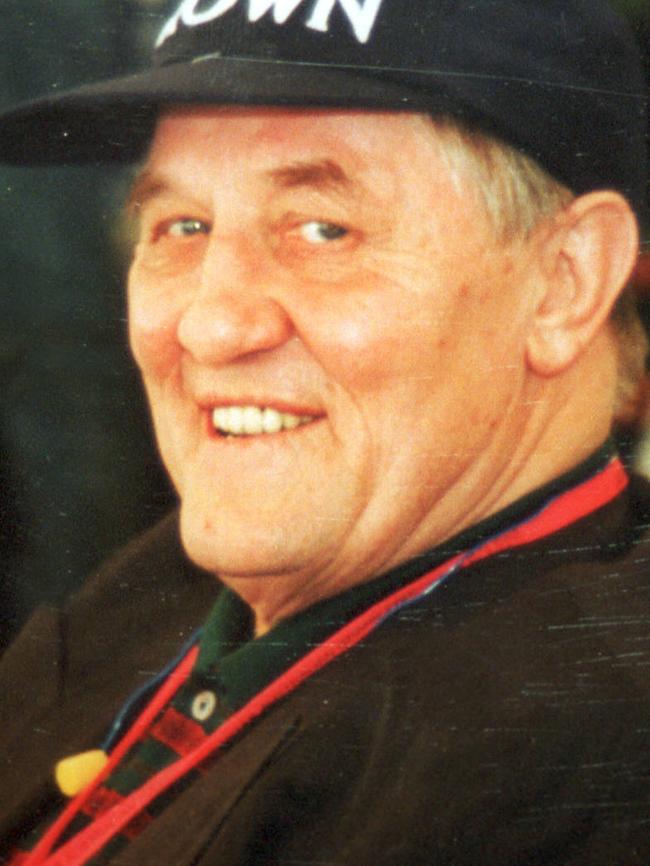
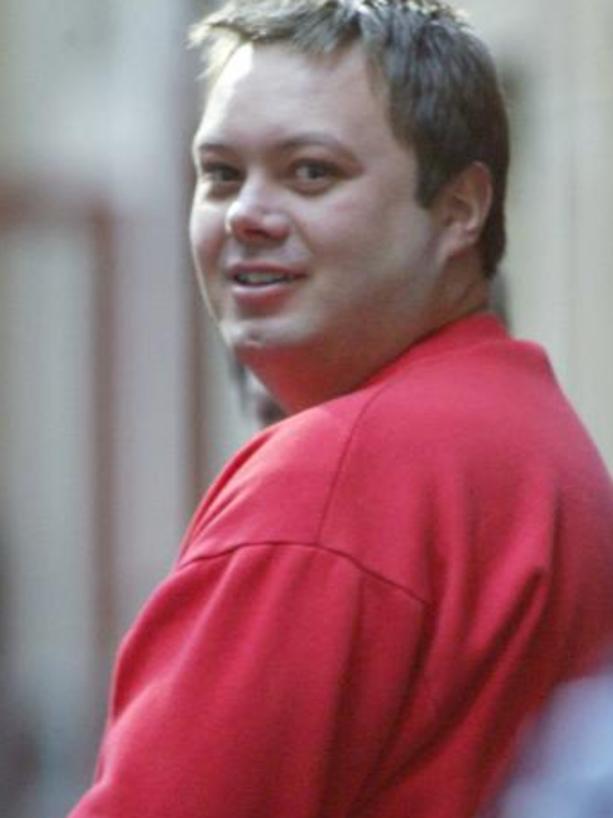
Crown Prosecutor Andrew Tinney said Carl Williams and another man were involved in planning the killing, which he said was carried out by Mr Asling and Terrence Blewitt, who is now deceased.
Williams allegedly offered $150,000 for the killing, and both men later complained they had not been paid in full, the prosecution says.
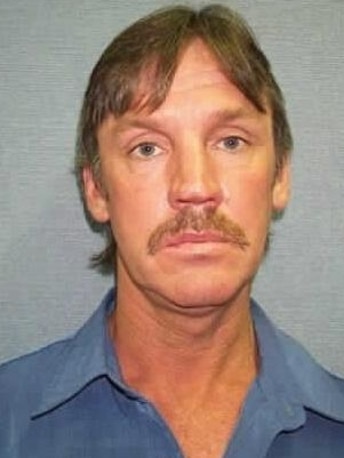
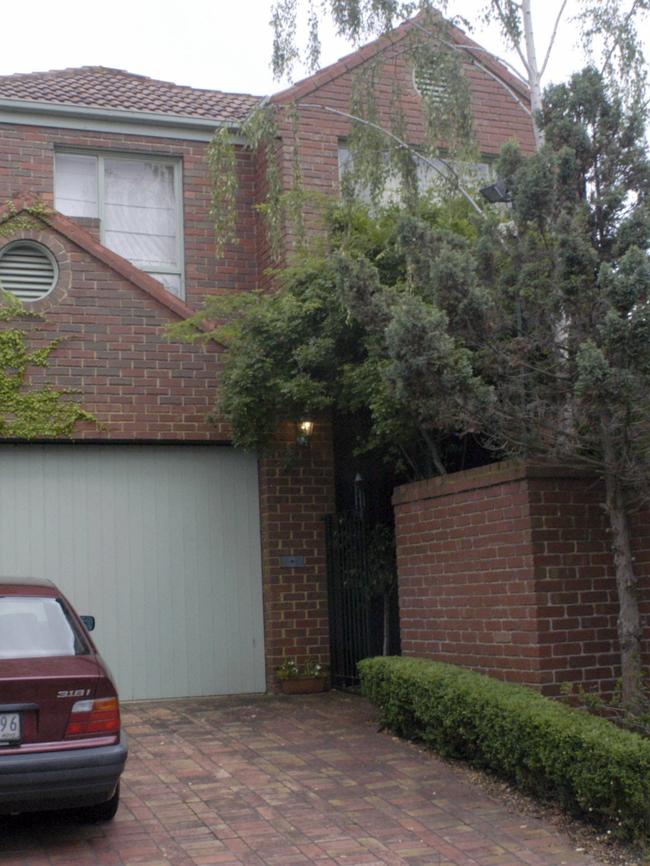
Mr Tinney said a friend of the pair will tell the jury that the pair stalked Kinniburgh, who had returned from an evening with friends at Zagames Restaurant in Caulfield East.
The former friend will give evidence that Mr Asling yelled out “oi dog” to distract Mr Kinniburgh and then Blewitt jumped out of some bushes, shooting him in the shoulder, thigh and fatally in the back of the head.
Mr Kinniburgh died outside of the Kew house he shared with his wife Sybil and two of their sons.
The court heard a car stolen from Middle Park and used in the killing was found minutes later fully alight, just blocks away.
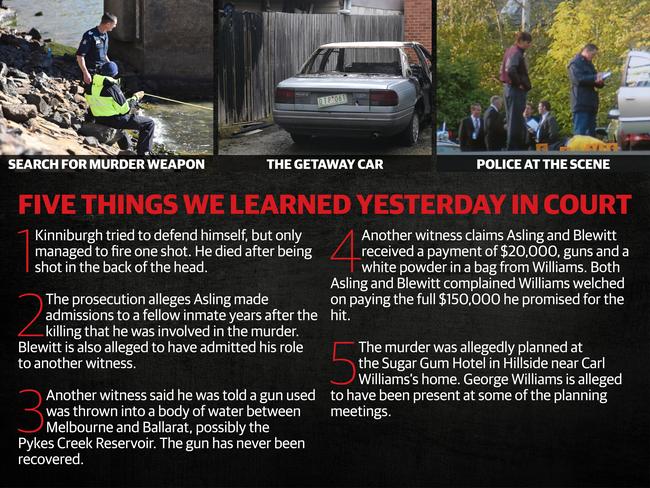
Another man who allegedly helped steal the car with Asling just days before the murder is expected to give evidence that Blewitt confessed his role.
“That’s the way it went down,” Blewitt is alleged to have said.
Another witness, who met Mr Asling in prison in 2006, will tell the jury Mr Asling confessed in a garden to the murder after complaining he had been named as a suspect in a crime novel by journalist Adam Shand.
“I never got pinched for this because I’m the best sneako around. They think I done it but they don’t have any proof,” Asling said, according to Mr Tinney.
The prosecution alleged Mr Asling told the prisoner he sneaked out of a movie to carry out the murder, although accepts this part of the confession may not have been true.
Several neighbours witnessed elements of the attack, claiming they saw two men leaving the scene.
Mr Tinney said Carl Williams had a hatred of the Moran family, and Mr Kinniburgh was killed because of his close association with Lewis Moran.
“Carl Williams wanted him dead,” Mr Tinney said.
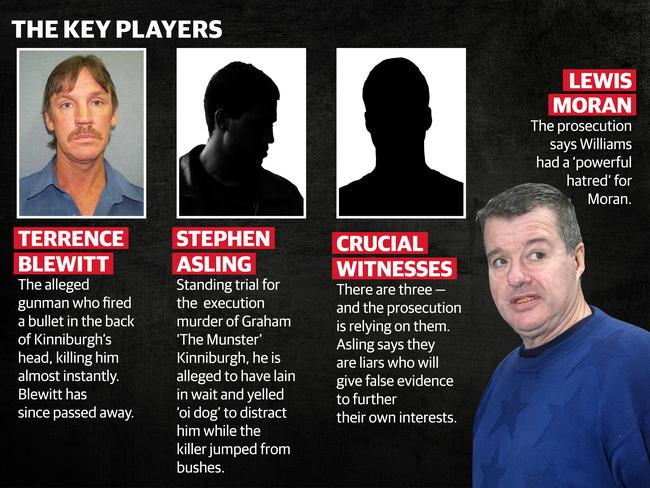
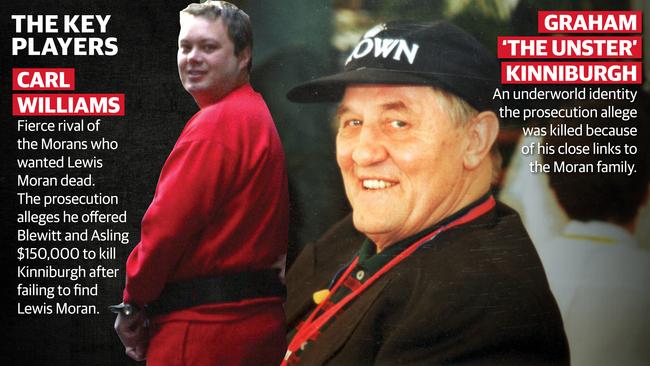
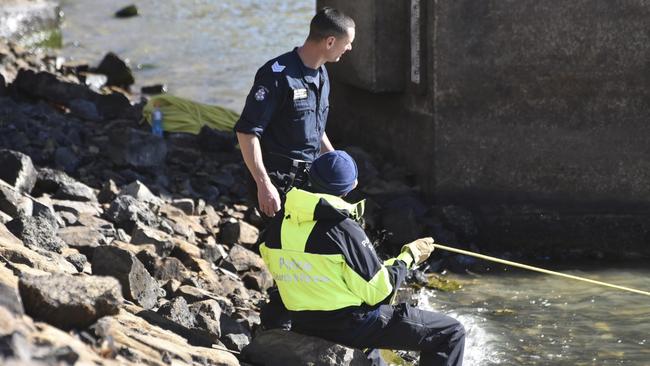
Lewis Moran was the initial target of the murder, but Mr Tinney said Mr Kinniburgh became the target after Moran proved too elusive.
Mr Kinniburgh was shot three times by two different guns soon after pulling up outside his family home in Kew. One of the shots was to the head.
“(The shot) caused a catastrophic brain injury. He died very quickly,” Mr Tinney said.
After the slaying, the prosecution allege Blewitt and Mr Asling simply drove away.
“They drove off in to the darkness. There they remained, members of the jury, for many years,” Mr Tinney said.
The original target of the killing was Lewis Moran — who Williams had a “powerful hatred of” but the crew soon turned their attention to Mr Kinniburgh, with one man tasked with performing surveillance on the 62-year-old.
Defence barrister Michael O’Connell SC said Asling denied any involvement in Mr Kinniburgh’s and branded the three main prosecution witnesses as liars.
“These three individual ... what they say is not the truth. Each of them is prepared to lie ... in order to further their own interests,” Mr O’Connell said.
Mr Tinney said one of the key witnesses “is and was a very serious criminal”.
The trial, before Justice Stephen Kaye, continues.
